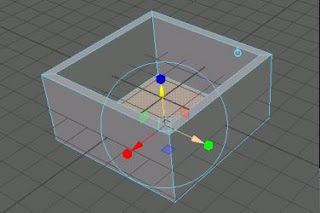Water Research Simulation in Unreal and Maya - Summary and Conclusions
On this entry I'll try to summarize my experience with different water simulations techniques to date. Note that this is the result of a student's research only so please put big quotes on everything I'm saying. The techniques researched can be divided into two sections depending on the subject: - Simulation of the water planes, for “static” waters. - Simulation of “dynamic” water, for water splash effects. Also they can be divided depending on the technology: - Maya - Unreal Engine The most relevant techniques for the Animation Project were: - Unreal Engine’s Starter Pack Water materials, for water planes. - Maya’s Bifrost simulation combined with Mesh conversion and Alembic Cache export, that is imported a...

